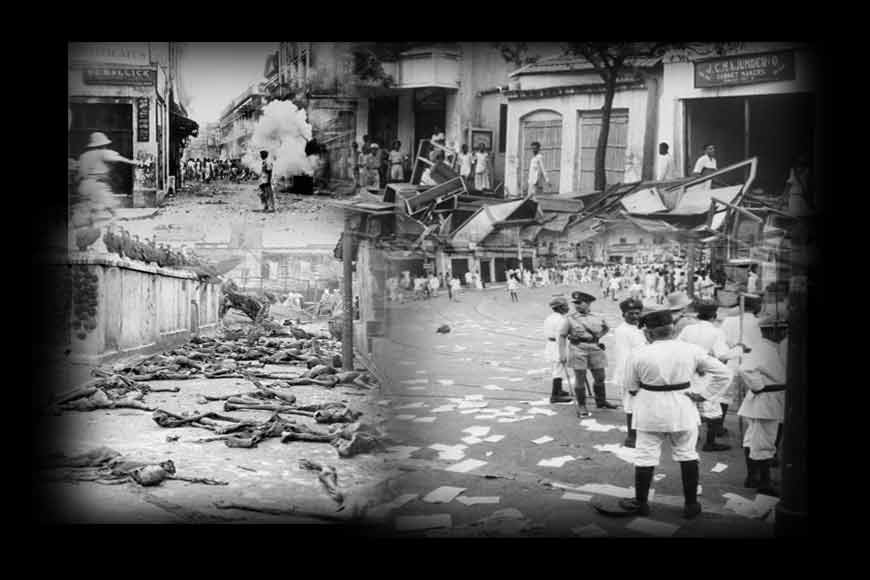Great Calcutta Killings! Today is that Black Day in the city’s history

It was 16th August 1946. As per history, it is known as Direct Action Day. But for generations of Calcuttans, it was one of the bloodiest days the city had ever come across, thanks to widespread communal riots. But why?
Troubles started on the morning of 16 August. Even before 10 o’clock Police Headquarters at Lalbazar had reported shops were being forced to shut down, there were reports of brawls, stabbing and throwing of stones and brickbats. These were mainly concentrated in the North-central parts of the city like Rajabazar, Kelabagan, College Street, Harrison Road, Colootolla and Burrabazar. In these areas the Hindus were in majority and were also in a superior and powerful economic position. The trouble had assumed a communal character as Muslim League had called for Direct Action Day. The League’s rally began at noon exactly from Shahid Minar. The gathering was considered as the ‘largest ever Muslim assembly in Bengal.’
The meeting began around 2 pm though processions of Muslims from all parts of Calcutta had started assembling after midday prayers. A large number of participants were armed with iron bars and bamboo sticks. The numbers were about 100,000. The main speakers were Khawaja Nazimuddin who preached peace and restraint but the Muslim community retaliated as soon as he said riots had broken out in parts of Kolkata and Muslims were being killed and injured. From the meeting, truckloads of Muslims arrived attacking Hindus and looting Hindu shops. More than 300 Oriya labourers of Kesoram Cotton Mills were massacred in the slums of Lichubagan.
A 6 pm curfew was imposed and at 8 pm troops were deployed to secure main routes and conduct patrols from those arteries, thereby freeing up police for work in the slum areas.
Skirmishes between the communities continued for almost a week. Finally, on 21 August, Bengal was put under Viceroy’s rule. The 'Direct Action' was announced by the Muslim League Council to show the strength of Muslim feelings towards its demand for an "autonomous and sovereign" Pakistan. The Action resulted in the worst communal riots that British India had seen.









